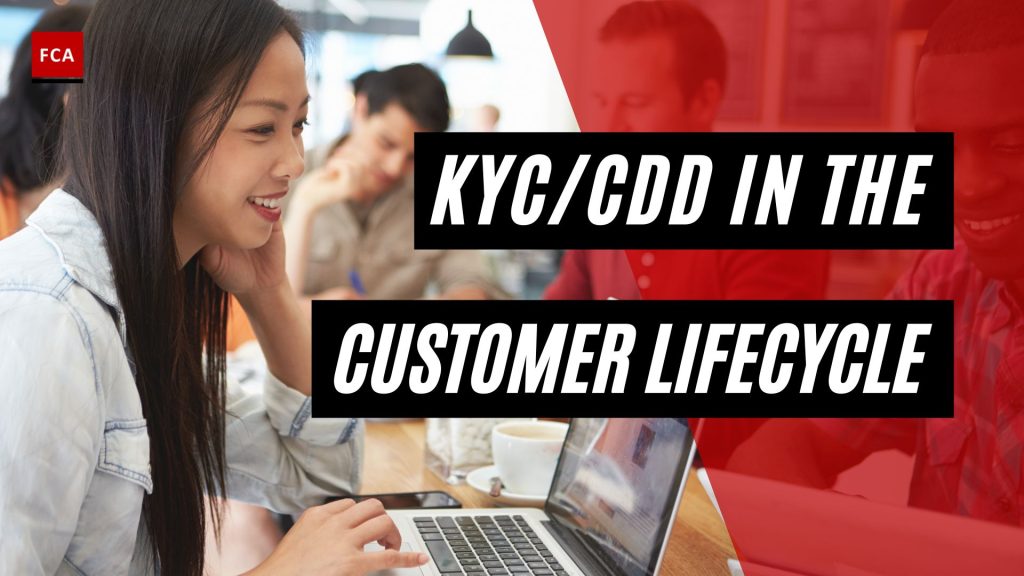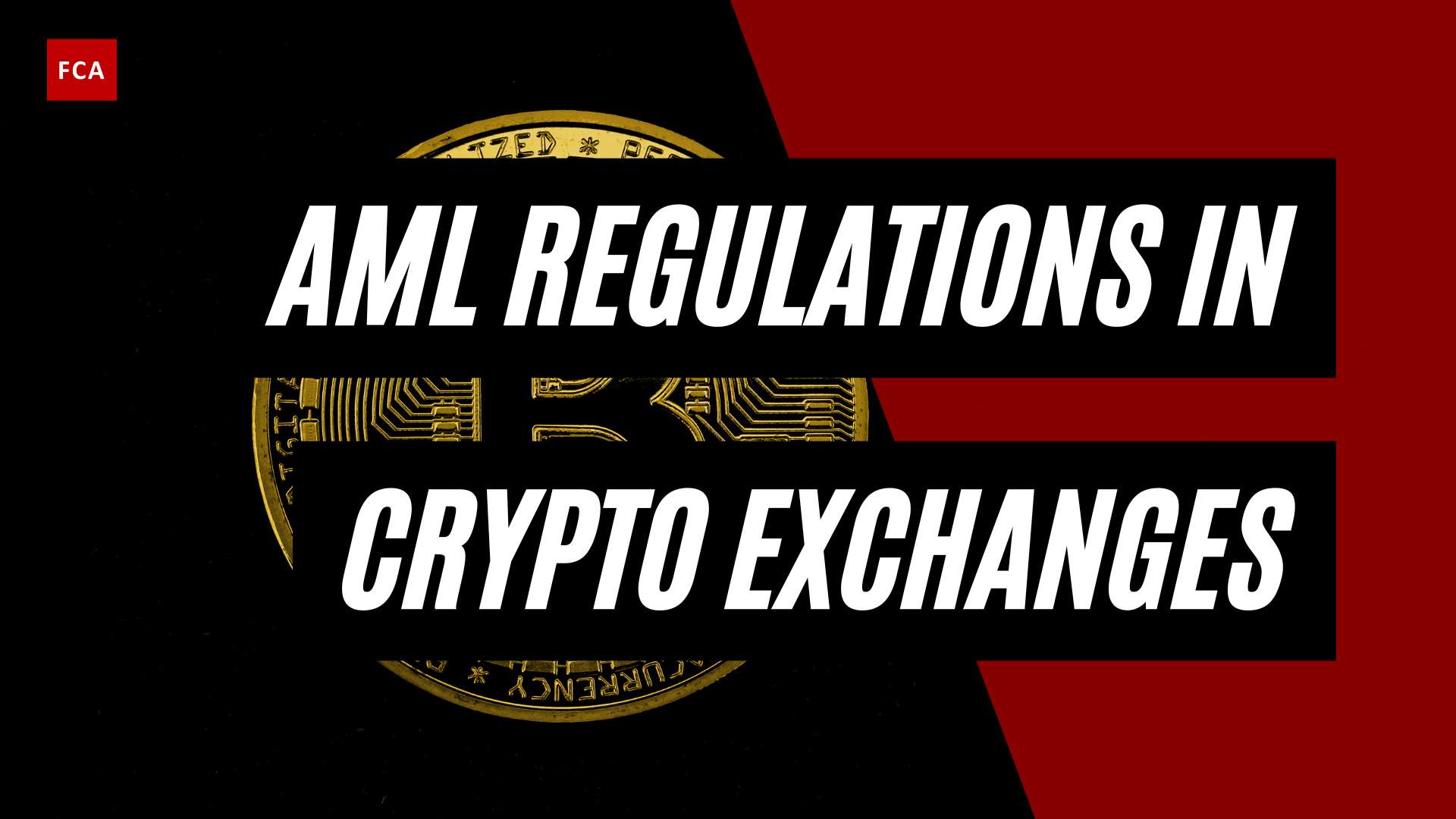The performance of the KYC/CDD in the customer lifecycle has different stages, including performing KYC/CDD at the time of onboarding, on an ongoing basis, event driven, and at the time of exit of the customer.

KYC/CDD in the Customer Lifecycle
Establishing customer due diligence should be conducted. As a reference for this, image the typical lifecycle a customer goes through when doing regular business with you. A typical customer relationship might start very non-binding, where you’re just having explores with a prospective customer, explaining your product or service offering. If you’re successfully meeting the needs of this prospective customer, he will want to become an actual customer of yours eventually.
Right at the moment when the prospective customer is about to become an actual customer of yours, when signing the contract, make the agreement or whatsoever, is the first time to conduct customer due diligence.
KYC/CDD should be performed at different stages of the customer lifecycle, to ensure that customers records are updated on timely basis. KYC/CDD is to be performed at the initial stages or before opening of account, on an ongoing basis, on the basis of any special event or transaction, and at the time of closure of account.
KYC/CDD is performed before opening of the account, to identify and verify the prospective customer. This include obtaining identification information and other detail regarding income sources, reason of intended business relationship, etc.
Periodic KYC/CDD helps institution ensure that ML/TF risks are timely identified and assessed and appropriate mitigation actions are taken to address the identified risks. Further, KYC/CDD helps management in review of various transactions and activities that are being performed by the customers or in their accounts. This leads to investigation and update of the records of the institution.

KYC/CDD is also to be performed if a special transaction or one-off transaction is to be performed, by the customer, in which reason or purpose of the transaction is asked, to ensure that it matches with customers’ risk profile and is legitimate.
KYC/CDD is to be performed when customer’s account is to be closed, to ensure that at the termination of business relationship the updated information is captured and recorded in the respective customer’s file. KYC/CDD updated on periodic basis should be recorded in an appropriate manner, s that the institution may identify and link previous customer transactions with the updated risk profile of the customer.
Final Thoughts
KYC is a process that uses CDD to verify a customer’s identity, financial profile, and risk level. Customer Due Diligence is the process of gathering and analyzing information about new customers in order to assess their risk of engaging in illegal financial transactions. Anti Money Laundering cannot work without KYC and CDD. KYC/CDD has various stages in the customer lifecycle, including performing KYC/CDD at the time of onboarding, on an ongoing basis, event driven, and at the time of customer exit.









